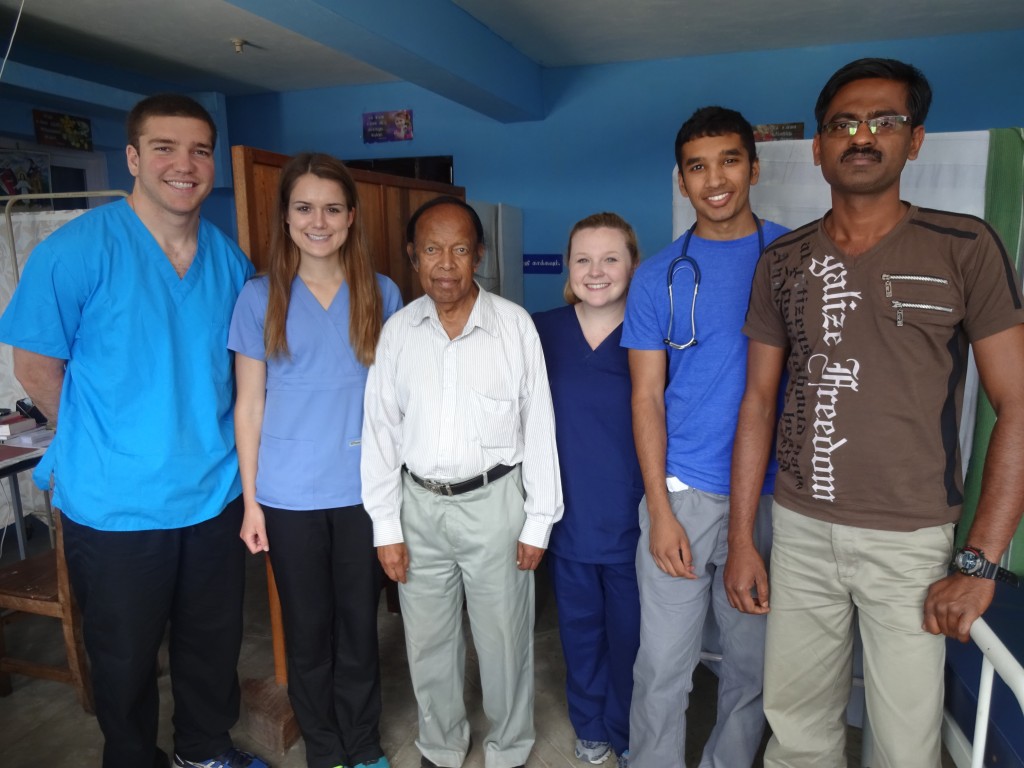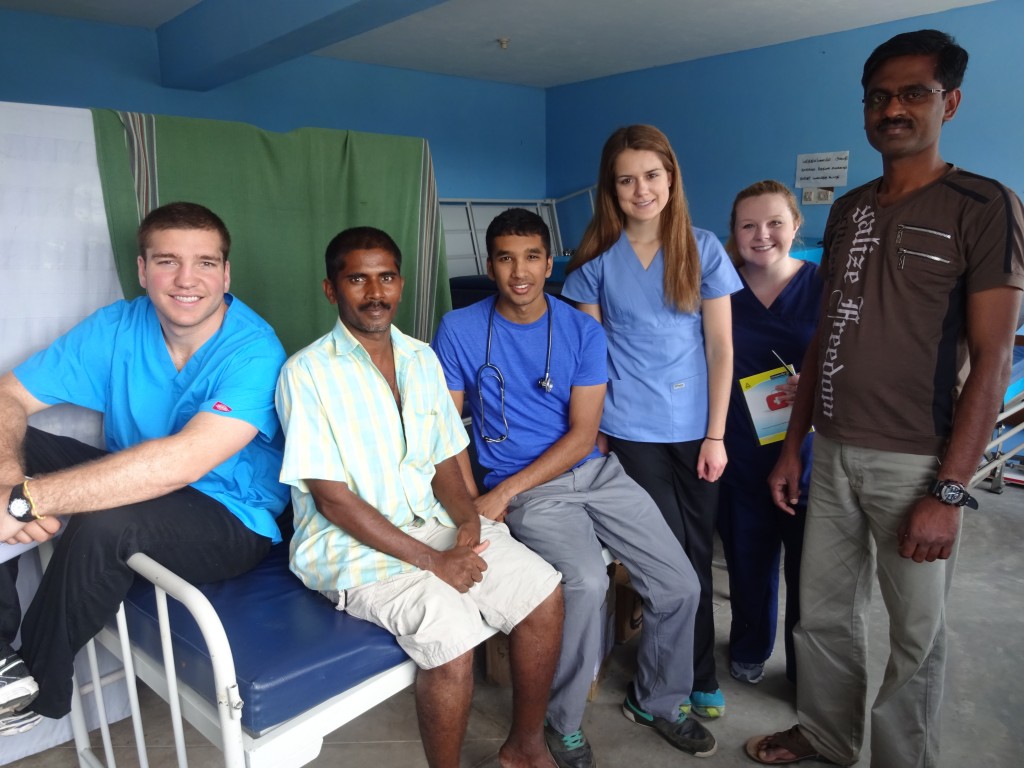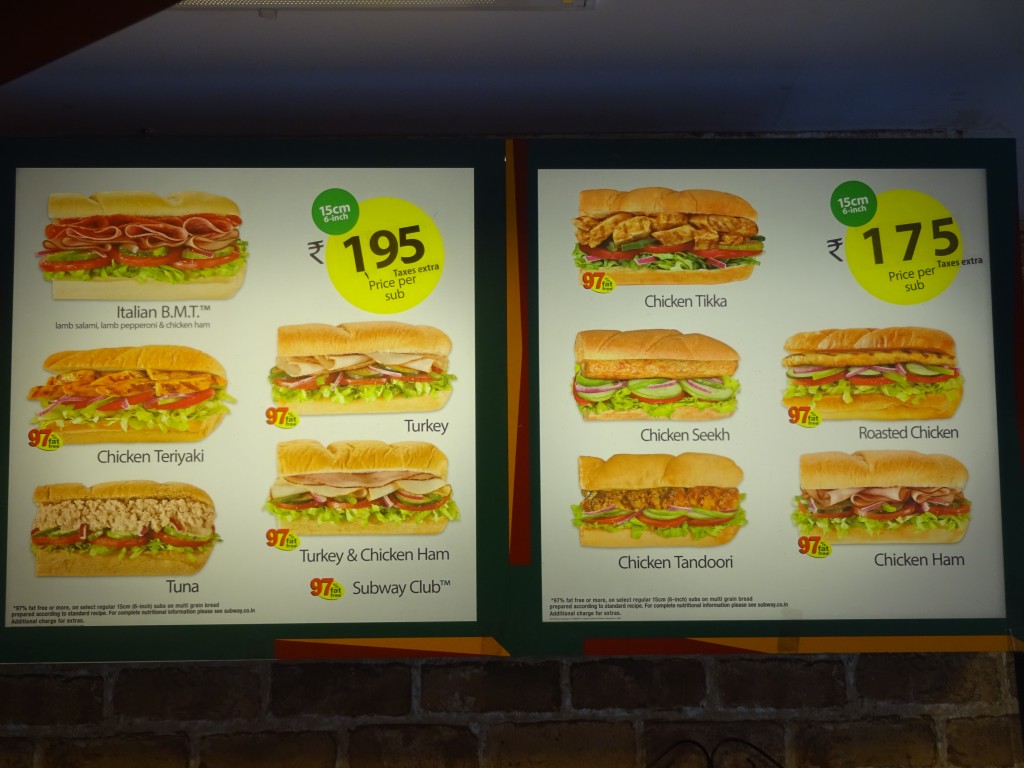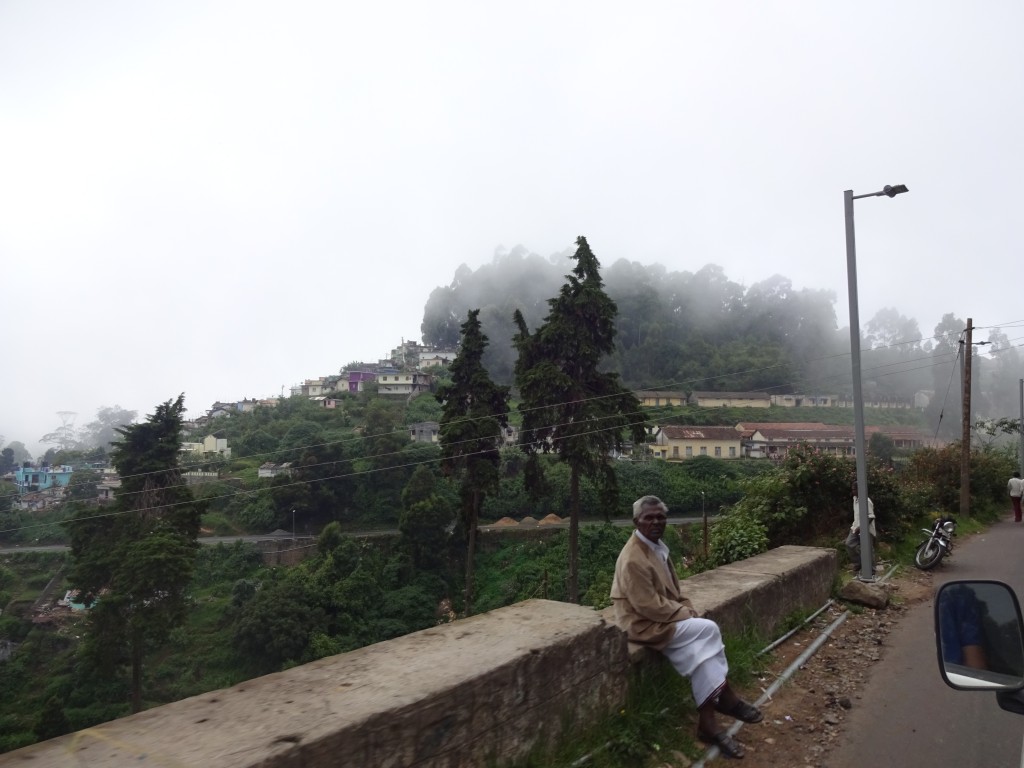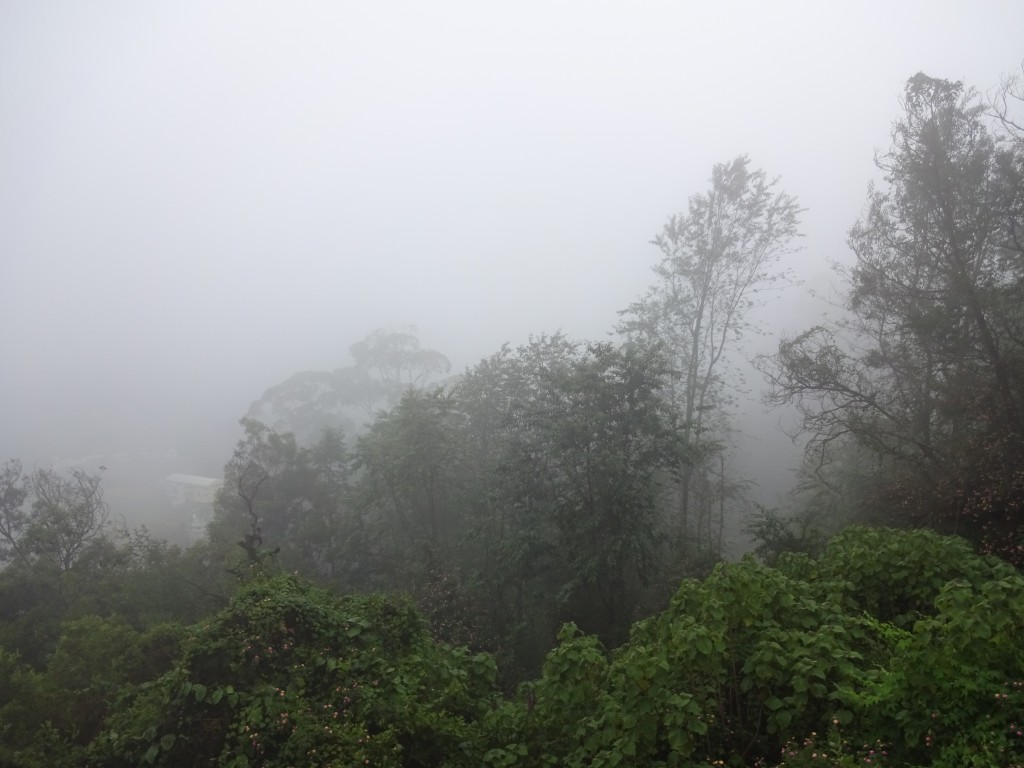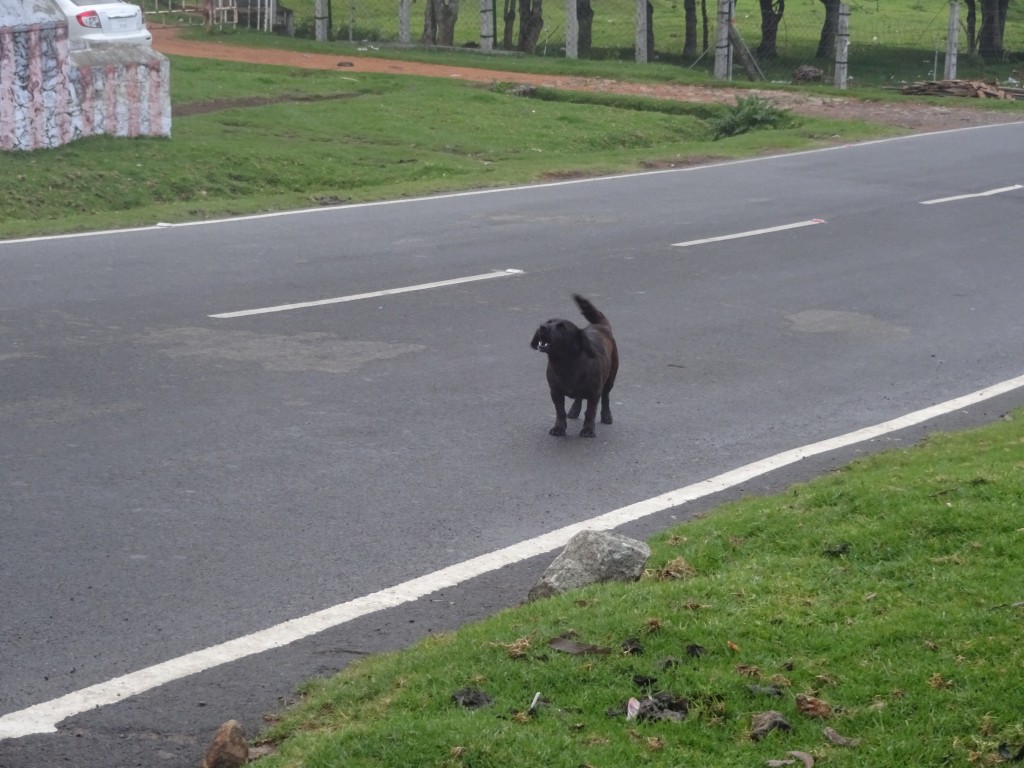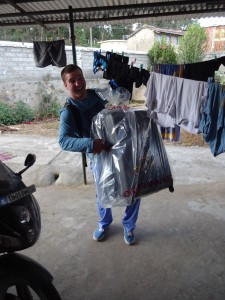The stay in India has opened my eyes to a completely different world. Traveling we have been able to see the beautiful temples of Madurai as well as take safari boat ride and be ride elephants in Thekkady. The weather has been beautiful with mild amounts of rain here and there since the monsoon season has begun. The biggest cultural shifts were getting used to food and the way people stand in line – sometimes you really have to push to get anything at a store.
The clinics have also been great environments for learning. At Pasam, we are able to be hands on with all patients that come in. In addition, it is nice having Arun by our side to explain what is happening when Dr. Mas gets busy with the patients. We have learned how to properly listen to heart beats, check the lungs for infection, apply dressings, and take a patient’s blood pressure. We were also able to watch Dr. Mas perform a surgery and follow up with the patient in the days after. Most importantly, we have been learning how to make diagnoses with the little resources that are in this region. Dr. Arun has explained strategies such as locating the specific regions of pain and asking the patient about the nature and history of their pain, to find out how to help without needing any lab work or digital tests. Although Pasam has many more patients, the advantage of switching to KHMS this last week is they have many more resources including an ICU unit. This allows us to see patients that need critical care the approach that the physicians take.
The crèches, according to most of us, have been the best part of the time here. Being able to help these small children, as well as play with them, is very rewarding. Working in the crèches has given me an insight in how to properly address the public health issues. Learning how to keep the families bringing their kids, and how to financially balance such places is key to their maintenance.
All around this experience has been rewarding so far. I am looking forward to the next five weeks.













